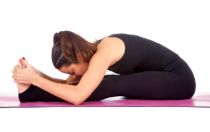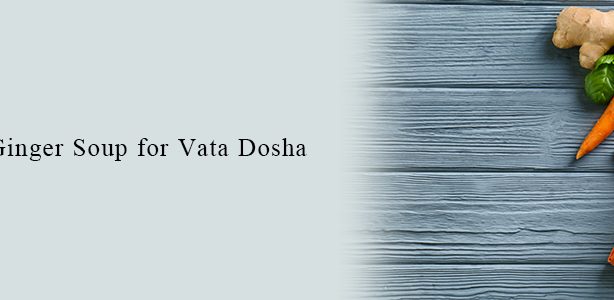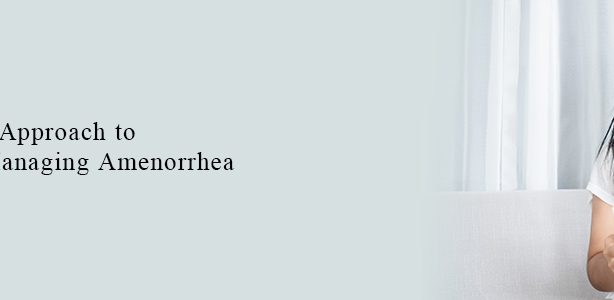A stressful day at work, too much sun exposure, skipping breakfast – all of these can result in a splitting headache which makes you want to scream in pain. Instead of popping painkillers day in and out, try a healthier, less toxic way out next time, with the help of Ayurveda. The centuries-old science views ailments from a holistic point of view and prescribes food, routine, and lifestyle change more than medication.
According to Ayurveda, every human body has elements of the three doshas – Vata, Pitta, and Kapha. Any imbalance in these three doshas leads to ailments, and they can be treated by addressing the imbalance. Headaches, too, are classified into three dosha headaches. Here’s an overview of the three and the treatment methods.
Vata headache
A throbbing headache that feels like a band is tightening around your neck and back of the head is a Vata headache caused mainly by stress, anxiety, or emotional turmoil. Going without proper sleep can also cause a Vata headache. Vata is associated with the element of air, and to relieve a Vata headache and the dryness that comes with it, one should hydrate the body.
Take plenty of rest and drink warm water. In extreme cases, you can also administer nasya into the nostrils with a few drops of sesame oil. Focus on relaxing the body with deep breathing exercises and massages.
Pitta headache
Pitta headaches originate from the temple, move to the center of the head, and are characterized by sharp and shooting pains. Nausea, sensitivity to bright lights, smells, and sounds are all symptoms. They can be aggravated by spicy and sour foods. Pitta is also linked to inflammation, and anti-inflammatory medicines are recommended for patients.
The dosha associated with Pitta is fire, and to balance the fire (acidity) element, one should focus on easily digestible food. Avoid spicy and sour foods, and consume sweet and cooling foods like cucumber. Patients should also try relaxing yogasanas and massaging warm coconut oil on the scalp.
Kapha headache
 A Kapha headache might be the most long-lasting and debilitating since it originates from the accumulation of phlegm in the nasal cavities and the head. The headache would feel like a dull pain in the back of the head, cheeks, and above the eyes. It can aggravate when you wash your hair or bend your head down.
A Kapha headache might be the most long-lasting and debilitating since it originates from the accumulation of phlegm in the nasal cavities and the head. The headache would feel like a dull pain in the back of the head, cheeks, and above the eyes. It can aggravate when you wash your hair or bend your head down.
The solution is to ease the phlegm by inhaling steam multiple times a day. Patients can also use a neti pot to relieve congestion. Sip on ginger or lemon tea or pepper-infused liquids.

Besides these, headaches might also combine different doshas, like a Vata-Pitta headache or a Pitta-Kapha headache. Different Ayurvedic medications are available for headaches, which your Ayurveda doctor can prescribe for your based on your dosha and type of headache.
As a general rule, Ayurveda dictates that one should relax with regular yoga and meditation practice. There are specific postures for headaches, like the Setu Bandhasana, Paschimottasana, Anusirasana, and Balasana
Along with practicing these, one should also sleep at least 7 hours every night, keep away from refreshing drinks like alcohol, tea, and coffee, eat meals on time, avoid extreme weather conditions, and exercise regularly.



